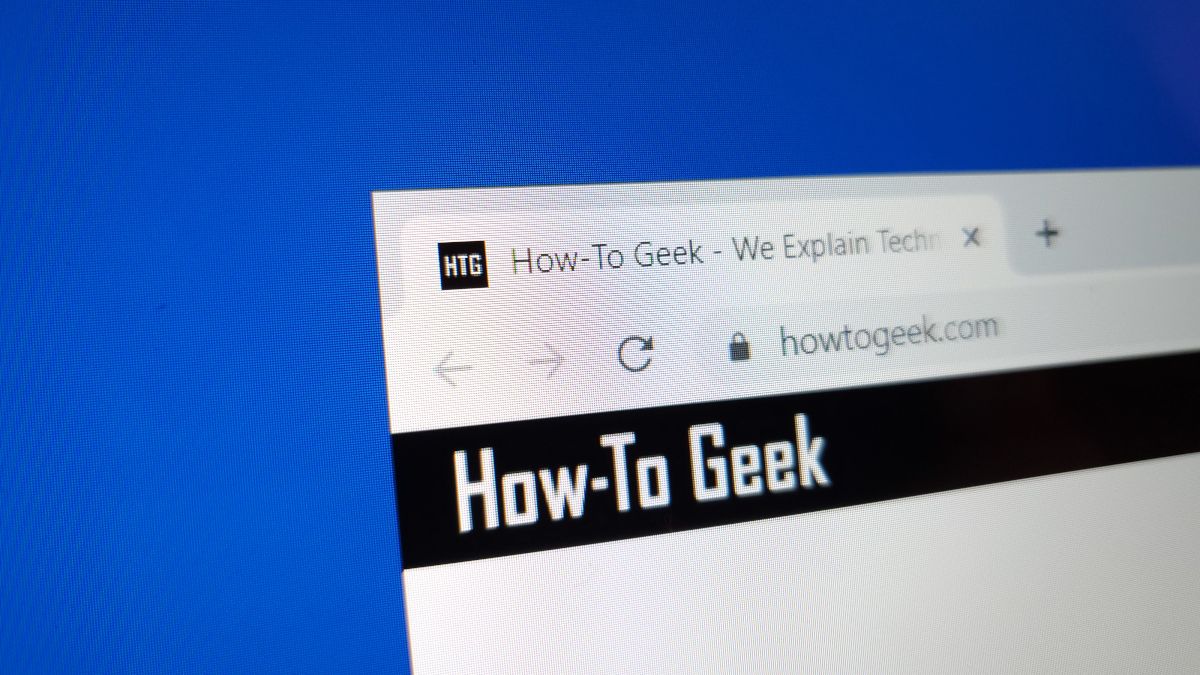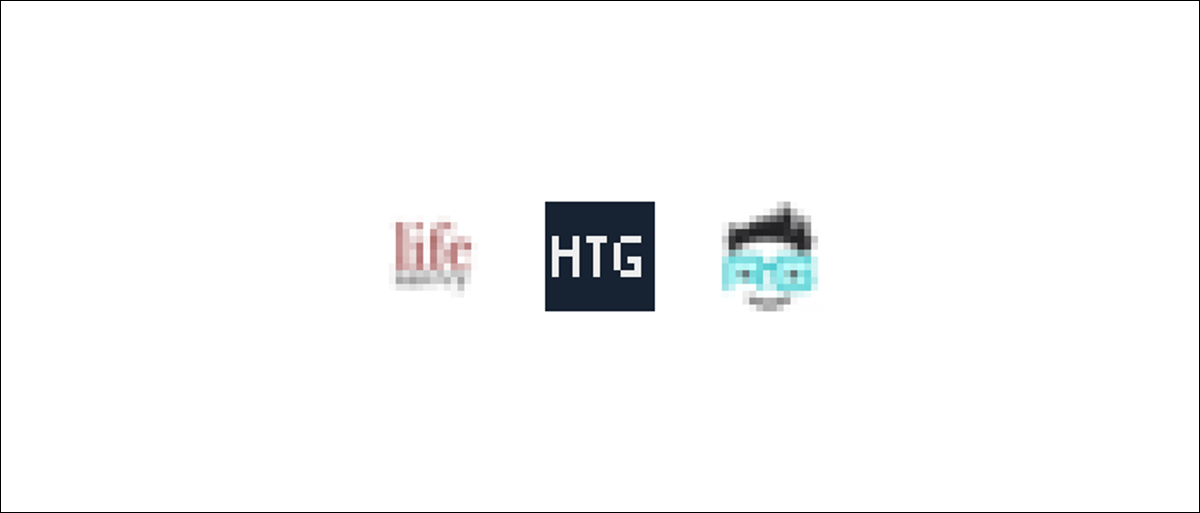You've probably noticed that websites have little icons that appear in your browser tabs. These icons make it easy to visually identify a website. They're little logos for the website. There's actually a special term for these icons---"favicon."
Some other names for "favicon" include "shortcut icon," "website icon," "tab icon," "URL icon," or "bookmark icon." However, the original term was "favicon" and that's the one most people still use today. Let's take a closer look at these little icons.
Favorite + Icon
The term "favicon" is a blend of two words---"favorite" and "icon." The name is derived from how these icons were originally used. Favicons first appeared in Internet Explorer 5 in 1999 and they were shown in the "Favorites"---a.k.a. "bookmarks"---and the address bar.
Unlike a lot of terms that blend two words together, the term "favicon" wasn't created organically as shorthand. It was the actual name of the file that was found in the root directory of the website. Whichever file was saved as
favicon.ico
would appear as the favicon for the website.
Favicons and the Modern Web
Favicons are still alive and well in web browsers today. They appear in tabs, favorites, bookmark bars, and you can find them in mobile browsers as well. It wasn't long after favicons were introduced in 1999 that they became standardized by the World Wide Web Consortium.
Back in the day, website owners could estimate how many people had bookmarked a page by the number of requests for the favicon. Nowadays, that's not possible as the favicon is loaded for every page, regardless of whether it's bookmarked.
Modern favicons are much more robust. They're not just limited to ICO files. Websites can use PNG, GIF (some even animated), JPEG, SVG, and APNG. It's common for favicons to match the website's social media profile photos and mobile app icons. They're a key component of the brand's visual identity.
However you decide to pronounce it---"fave-icon" or "fav-icon"?---these little icons serve a simple, but important purpose. Without them, the web would be less visually appealing. We train ourselves to associate certain colors, shapes, and letters to their websites. That's all thanks to the humble favicon.



